For Professionals, By Professionals

Discover ProX PC for best custom-built PCs, powerful workstations, and GPU servers in India. Perfect for creators, professionals, and businesses. Shop now!
SERVICES
WE ACCEPT









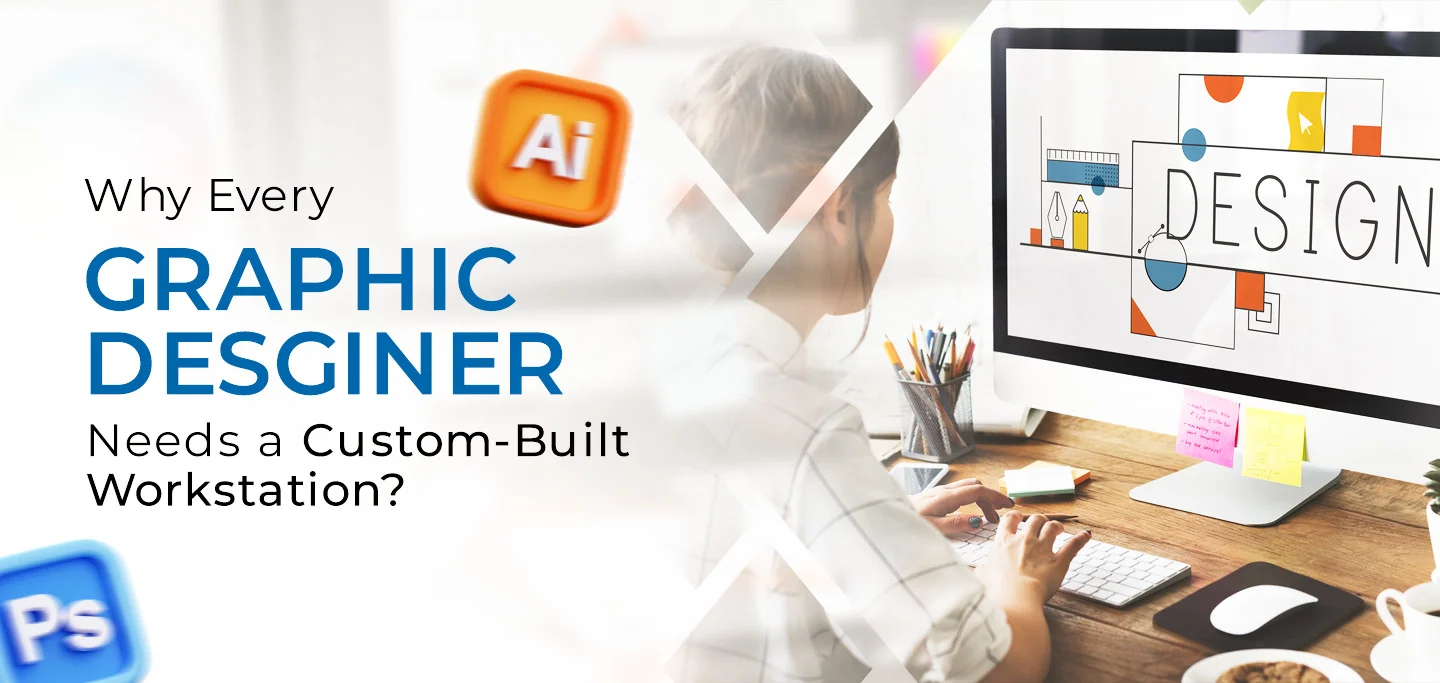

Graphic design is an essential part of the digital world today. Whether you're designing logos, crafting visual concepts for advertisements, or developing intricate digital art, the quality of your tools significantly impacts the outcome of your work. One of the most important tools for any graphic designer is the computer they use. But not just any computer will do. To perform at the highest level, graphic designers need powerful, reliable, and efficient systems.
This is where custom-built workstations come into play. Instead of relying on generic, off-the-shelf computers, a custom-built workstation offers the performance, flexibility, and longevity needed to handle complex design tasks. A workstation specifically tailored for graphic design ensures that your machine can handle high-resolution graphics, video editing, and multiple design programs simultaneously.
In this blog, we’ll explore why every graphic designer should consider investing in a custom-built workstation. From customization and performance to future-proofing and cooling, we’ll cover all the reasons why custom-built workstations are the perfect choice for graphic designers.
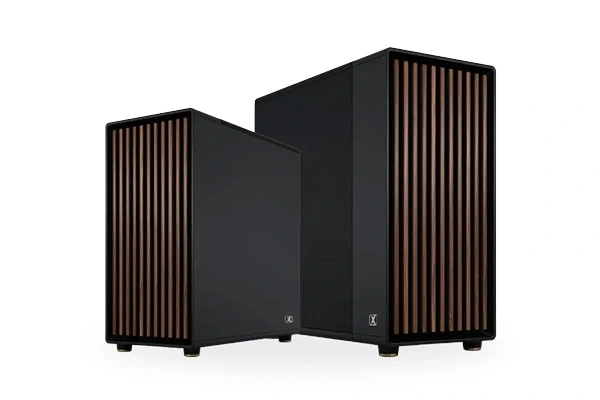
A custom-built workstation is exactly what it sounds like—a computer designed and built to meet the specific needs of a user. Rather than purchasing a pre-built system with a standard set of components, a custom-built workstation allows you to select every part based on your requirements. This includes the CPU, GPU, RAM, storage, and cooling system.
For graphic designers, choosing a custom-built workstation makes sense for several reasons:
Customized for Design Needs: The most obvious reason to go custom is that you can select parts that are optimized for graphic design tasks. Whether you need more processing power, a better graphics card, or additional storage space, custom workstations let you build a system that perfectly matches your needs.
Handling High-Performance Software: Graphic design software such as Adobe Photoshop, Illustrator, and InDesign can be resource-intensive, especially when working with large files. A custom-built workstation ensures that you can run these programs smoothly without performance hiccups.
Efficient Multitasking: Graphic designers often work with multiple applications open at once, and a custom workstation can provide the necessary power to handle multitasking with ease.
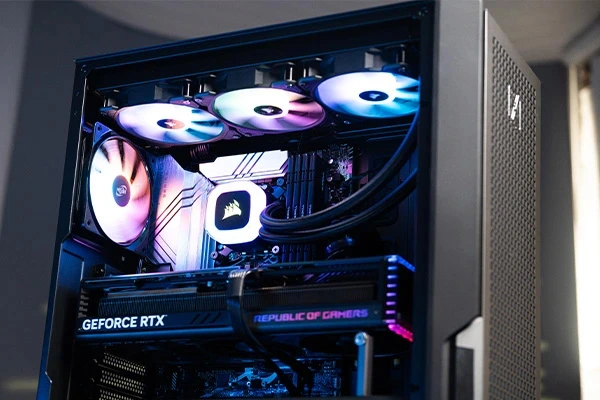
Custom-built workstations offer numerous benefits to graphic designers. Let’s explore these in more detail:
Power and Speed: One of the biggest advantages of a custom-built workstation is the ability to choose components that will provide exceptional power and speed. By selecting a high-performance CPU, fast RAM, and a dedicated GPU, you can ensure your workstation handles the heavy lifting needed for large files, detailed designs, and rendering tasks.
Customized to Your Workflow: Every graphic designer has their own unique workflow. Some may work more with 3D modeling, while others focus on photo editing. A custom-built workstation allows you to select the components that best suit your style of work, optimizing your system for specific software or tasks.
Longevity: Pre-built systems often become outdated quickly, but a custom workstation can be built with future upgrades in mind. This means you won’t need to replace the entire system after a few years; instead, you can upgrade individual components as needed.
Reliability: When you rely on your computer for professional work, reliability is key. Custom-built workstations typically use higher-quality components, which can result in fewer breakdowns and a longer lifespan for your machine.
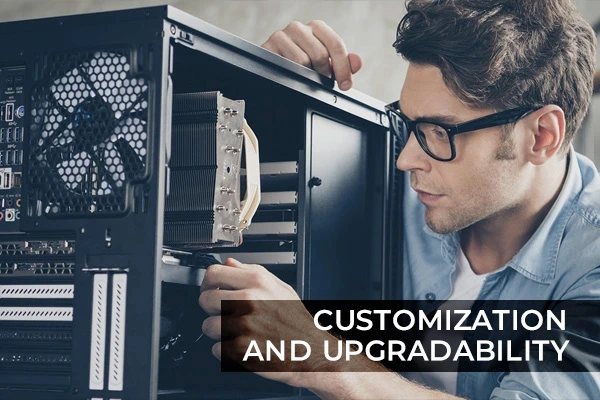
One of the main reasons why graphic designers need a custom-built workstation is the freedom it offers for customization. Off-the-shelf systems come with a set configuration that might not fully meet the needs of a designer. With a custom-built workstation, you get to decide every detail, from the power of the CPU to the amount of RAM and storage you need.
Here are some key areas where customization is essential for graphic design work:
Processor (CPU): The CPU is the heart of your workstation, and its power affects everything from rendering times to multitasking. With a custom build, you can choose a processor that fits your needs, whether that’s an Intel i9 for maximum power or a more budget-friendly AMD Ryzen CPU.
Graphics Card (GPU): Graphic design involves working with high-resolution images, 3D modeling, and video editing. A powerful GPU is essential to rendering images quickly and smoothly. By choosing a high-end GPU, you ensure that your workstation can handle demanding design tasks without lag.
RAM: Graphic design software often requires large amounts of memory to run smoothly. With a custom-built workstation, you can select the amount of RAM that suits your workflow. More RAM allows for better multitasking and the ability to work with larger files without slowdowns.
Storage: Custom workstations let you choose the type and amount of storage. You can opt for fast SSDs to store your active design files and a larger HDD for backups and less frequently accessed data. This flexibility ensures that your files are easily accessible and secure.
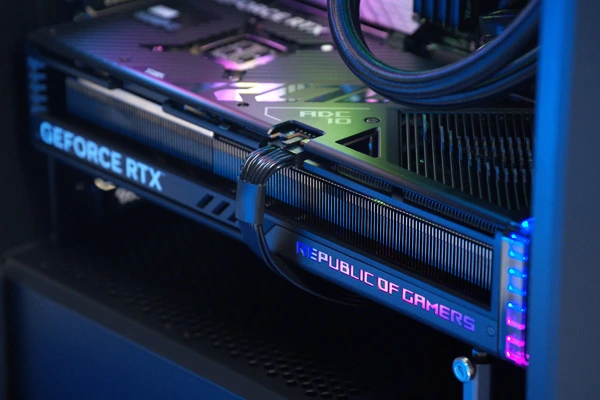
For graphic designers, having a powerful GPU is essential for handling the visual-heavy tasks they perform daily. Whether you’re editing high-resolution photos, creating 3D models, or working with animation software, a high-end GPU will make a significant difference in performance.
Custom-built workstations allow you to choose the most suitable GPU for your work. Here’s why:
Improved Rendering Speed: A high-end GPU can drastically speed up the rendering process. Tasks like applying effects, textures, and real-time previews can be processed much faster, allowing designers to work more efficiently.
Better Image Quality: GPUs are designed to handle graphics-intensive tasks, so a powerful GPU ensures better image quality and smoother visual experience while working on designs. It also ensures compatibility with high-resolution displays for accurate color representation.
3D Design Support: If you’re working with 3D design software such as Blender or AutoCAD, a powerful GPU is a must-have. Custom-built workstations can be equipped with GPUs that excel in handling 3D rendering tasks.
Video Editing and Animation: Many graphic designers work with video content, which requires intensive GPU support. A high-end GPU will accelerate video editing tasks, allowing for faster rendering and playback of high-definition video.
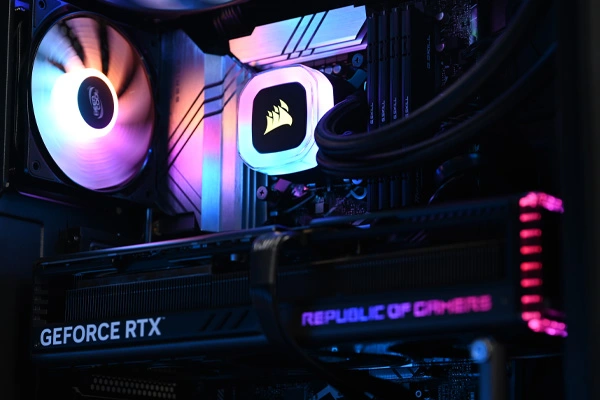
Another significant advantage of custom-built workstations is their upgradability. Technology is constantly evolving, and so are the demands of graphic design software. With a pre-built system, you might find yourself stuck with outdated components that can’t be easily upgraded. Custom workstations, on the other hand, are built to evolve.
Easily Upgrade Individual Components: As your design projects become more complex, you may need more power. A custom workstation allows you to upgrade specific components like adding more RAM, switching to a more powerful GPU, or upgrading your storage.
Future-Proofing Your Workflow: Graphic design software will continue to get more resource-intensive as new features are introduced. A custom workstation allows you to choose parts that not only meet today’s needs but are also capable of handling future updates and software improvements.
Avoiding Obsolescence: As new technology becomes available, you can easily swap out older components for newer ones. This ensures your system remains relevant for many years, saving you from having to buy a new machine every few years.
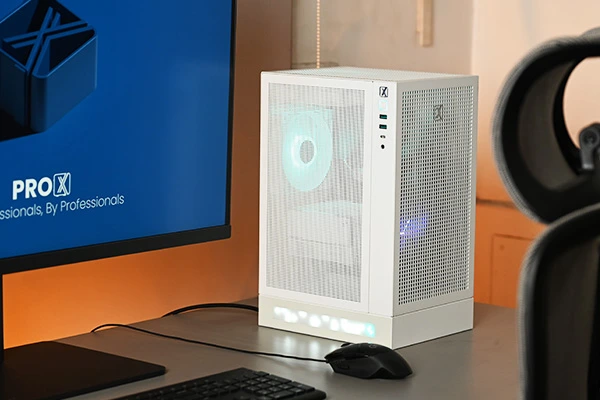
When it comes to a workstation, budget is always a consideration. While custom-built workstations may have a higher upfront cost than off-the-shelf systems, they can actually save you money in the long run. Here’s why:
Pay Only for What You Need: With pre-built systems, you might end up paying for features that you don’t need. A custom workstation allows you to select only the components that fit your workflow and budget.
Long-Term Value: Investing in a custom-built workstation means you’ll have a more powerful and durable machine. It will last longer and require fewer repairs, which ultimately reduces your long-term expenses.
No Unwanted Features: Pre-built computers often come with unnecessary software and features that you may never use. With a custom workstation, you can avoid paying for these extras, keeping your budget in check.
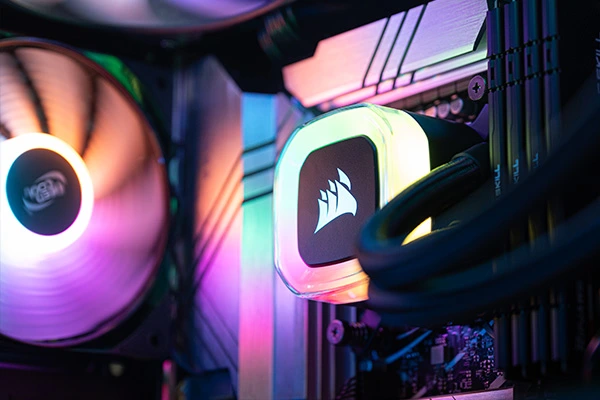
When you work with high-performance components, heat becomes a concern. Graphic design tasks can push your computer’s CPU and GPU to their limits, generating significant heat. A custom-built workstation can be designed with an efficient and quiet cooling system, which is essential for maintaining performance and preventing overheating.
Efficient Cooling Solutions: Custom-built systems allow for the integration of liquid cooling or high-end air cooling solutions. This ensures that your workstation runs smoothly and efficiently, even under heavy workloads.
Quiet Operation: Cooling systems in custom-built workstations are often designed to be quieter than those in pre-built systems. This is important for graphic designers who need a peaceful work environment to focus on their projects.
Longer Component Life: Proper cooling reduces the wear and tear on components, ensuring that your workstation stays reliable and functional for a long time.
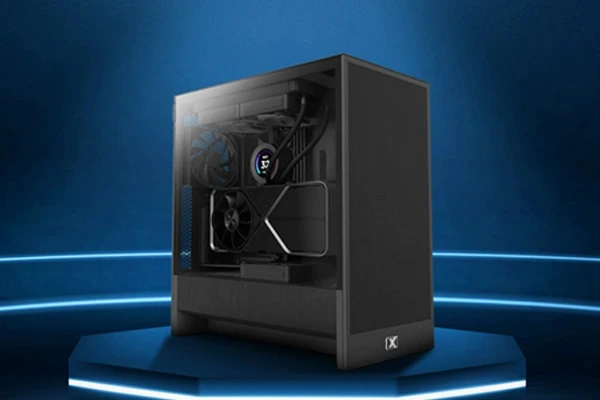
In conclusion, custom-built workstations offer many advantages for graphic designers. They provide the flexibility to select components tailored to your specific needs, ensuring that your workstation is powerful, efficient, and future-proof. The ability to upgrade individual parts, choose a high-end GPU, and customize the cooling system makes these workstations ideal for graphic design tasks
Share this: